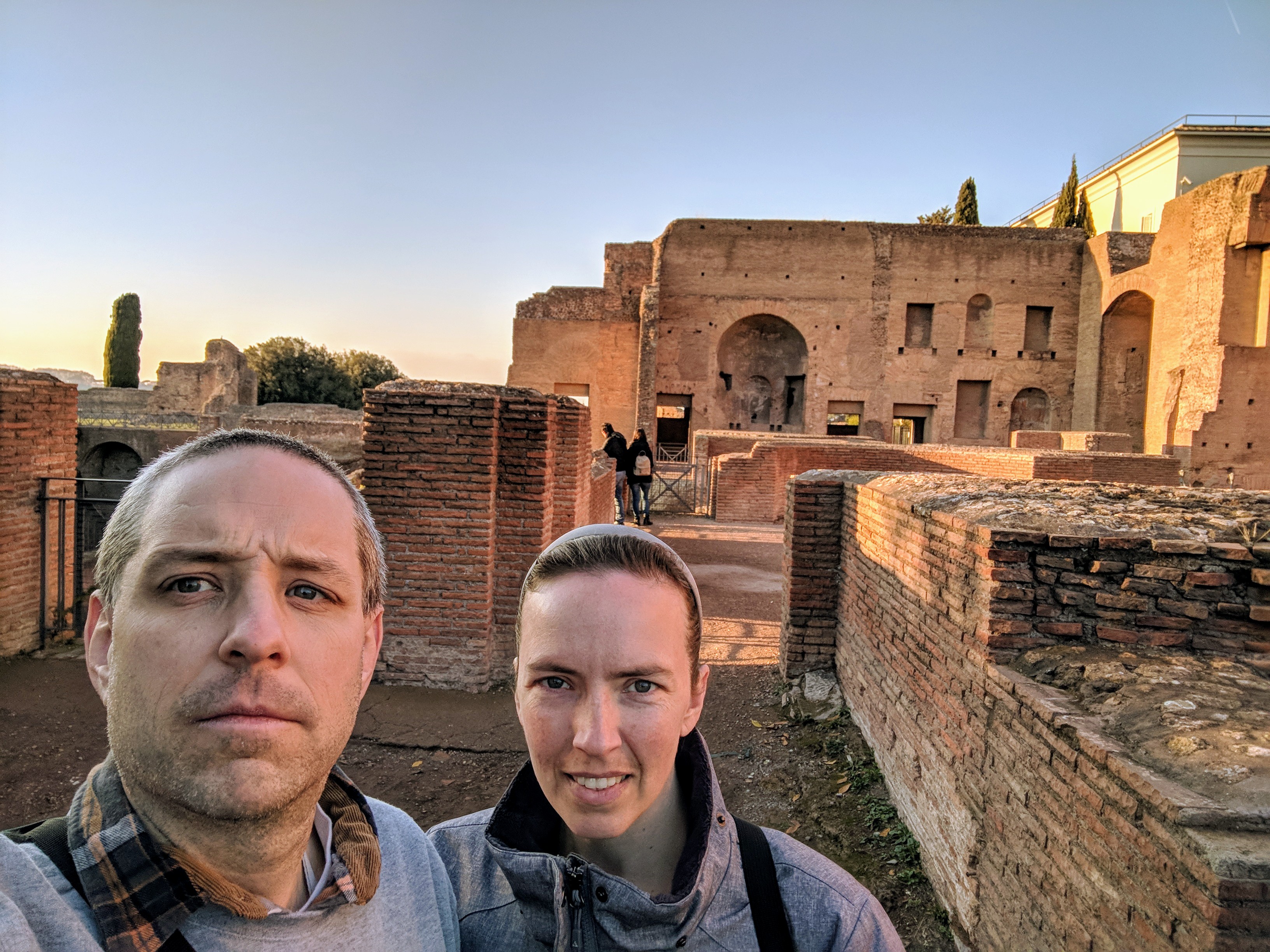Palatine Hill
Wed Dec 06, 2017 2:59 pmWe climbed to the top of Palatine Hill to admire the view.
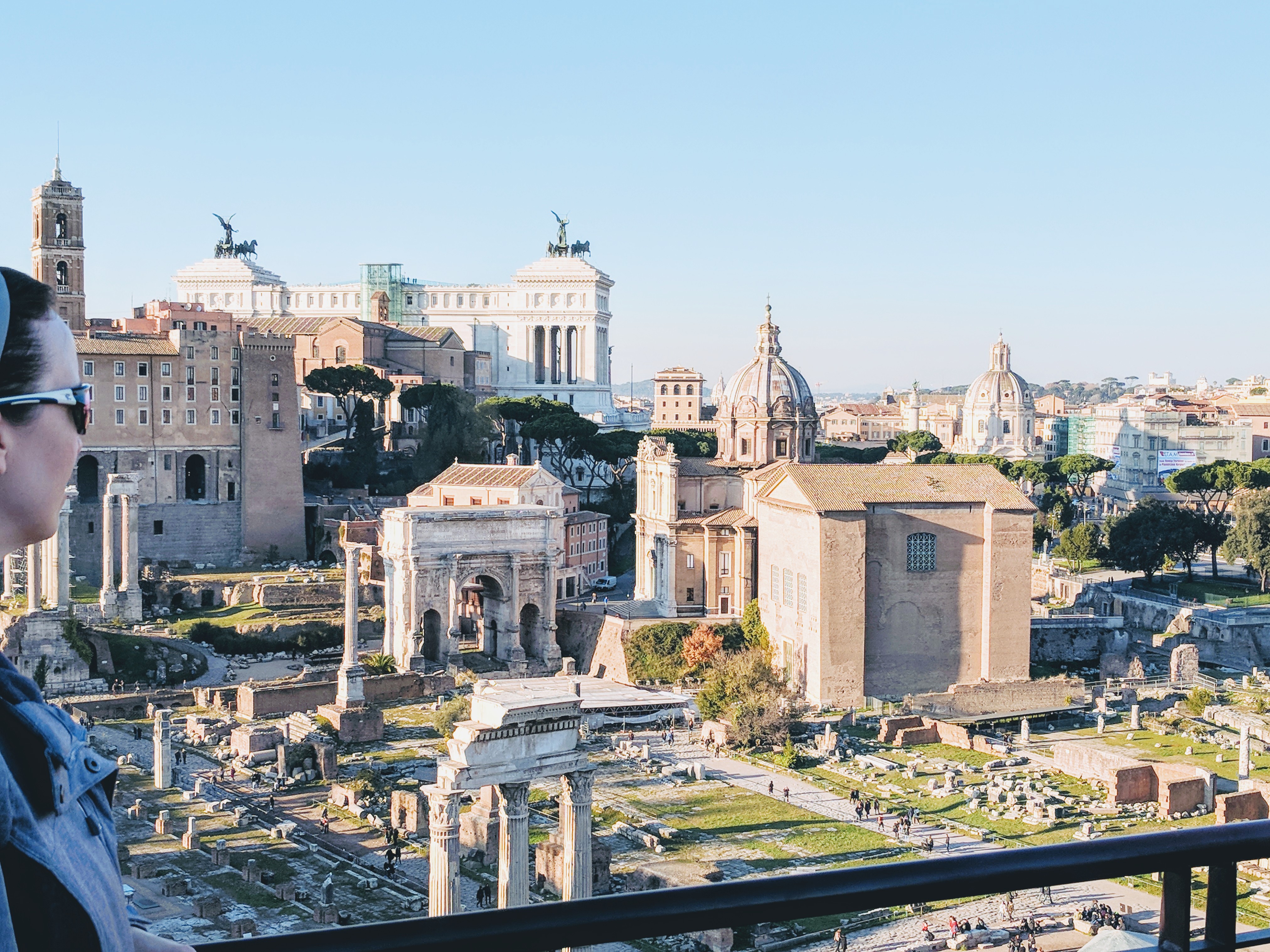
On the right half-way up is Curia Julia where the Roman Senate convened. The Senate was paramount during the Roman Republic, but reduced to a rubber-stamp assembly during the Roman Empire. Unfortunately the manifestation of representative government in Rome was a system of patronage, which focused naturally on local issues, and thus was unable to govern concerns of empire. And it fostered a divide between the Optimates and Populares, which populist autocrats such as Marius and Julius Caesar were able to exploit.
Bottom-center three Corinthian Columns, the remains of Temple of Castor and Pollox stand in honor of the Battle of Lake Regillus in which the mythological brothers Castor and Pollox are said to have fought. For context, before Rome was a republic, it was a monarchy, and the Battle of Lake Regillus occurred during the reign of the last king of Rome Lucius Tarquinius Superbus.
Between Curia Julia and Temple of Castor and Pollox is the Main Square of the Roman Forum. In the very center of the photo stands the Arch of Septimius Severus.
On the left with a bell tower is Comune di Roma Capitale, the City Hall of Rome. Beneath (in front of) that is Tabularium, the ancient records office of Rome, accessible from Capitoline Museums.
Rising above is Victor Emmanuel II National Monument, a monument to Italy’s First King and the Unification of Italy. The 1848 SpringTime of the Peoples was a turning point in history, perhaps the point in time when the Enlightenment ended and the Romantic, or Nationalist era began. If Romanticism was the rise of feelings and emotion, then Nationalism was the political manifestation of that! (Music also became much more expressive, such as Ma Vlast by Smetana).
Thus the unification of Italy (and Germany) was a process of accretion that began in 1848 and culminated in 1871, the rise of nation states that was resisted by the existing dynastic world empires at the time. Although paradoxically this period of time also marked the zenith of the British Empire.
Between Comune di Roma Capitale and Victor Emmanuel II National Monument is Santa Maria in Ara coeli, which dates all the back to the 6th Century. Napoleon used this Basilica as a horse stable, but Pilgrims climb the front stairs on their knees.
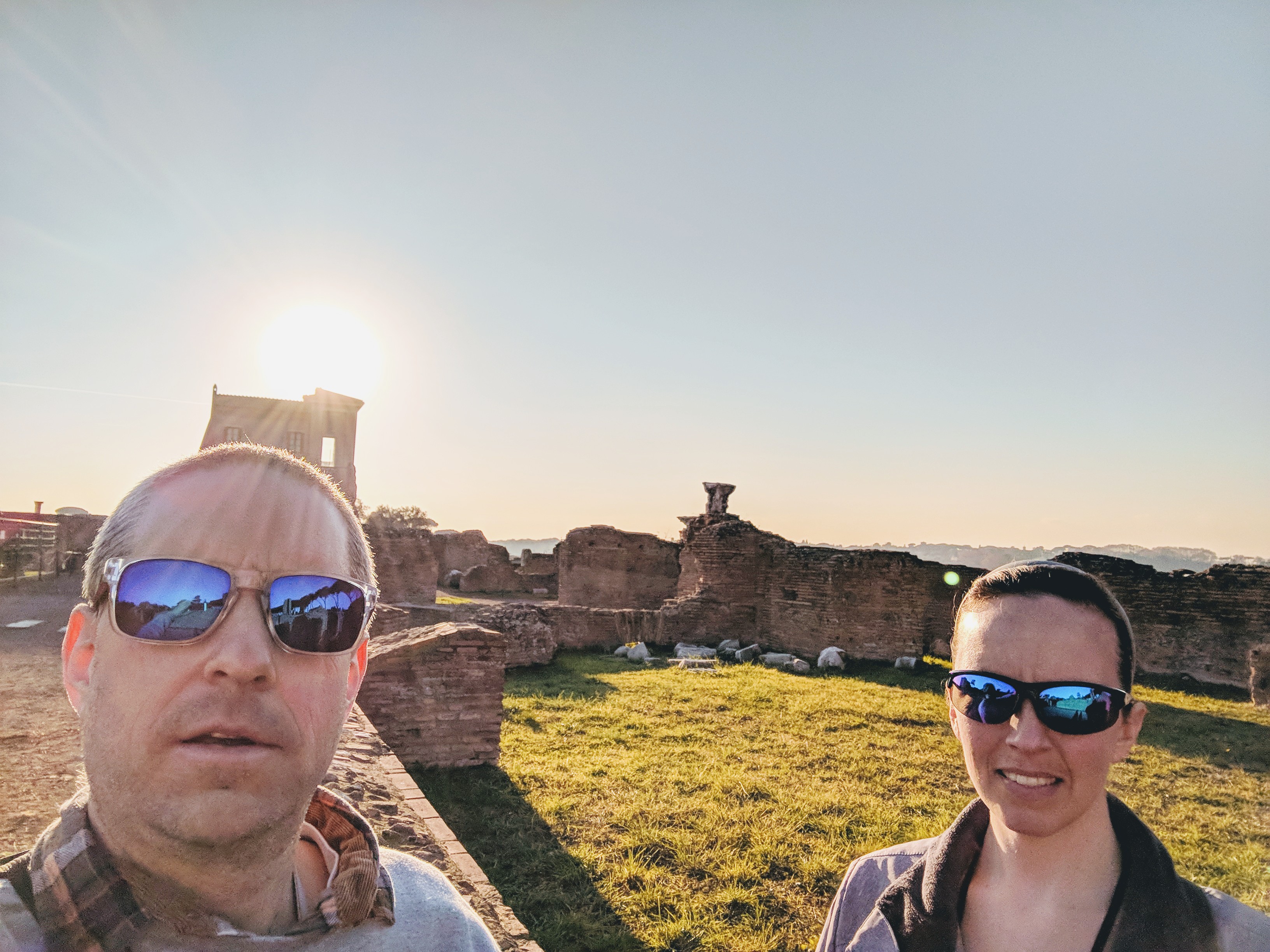
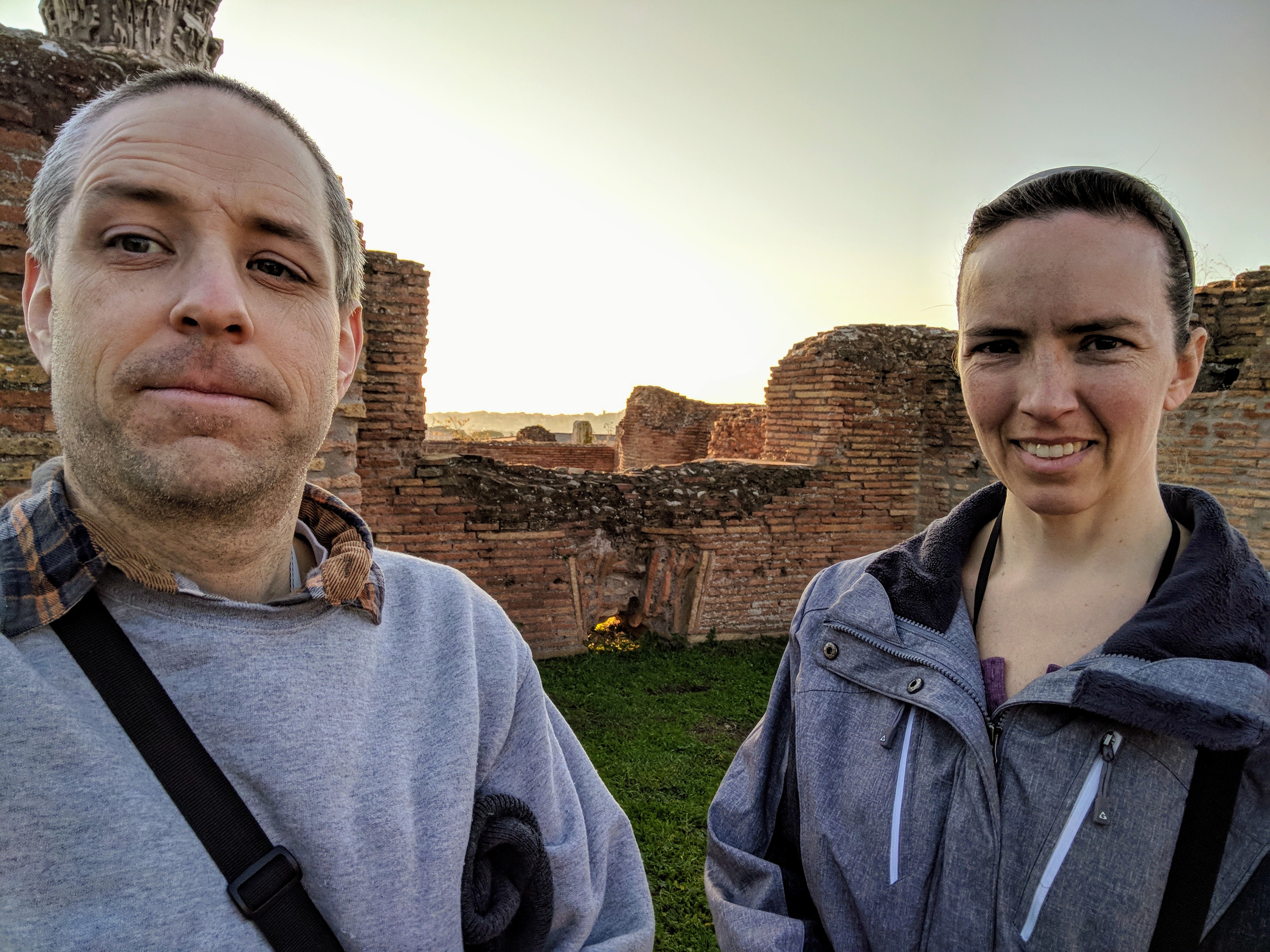
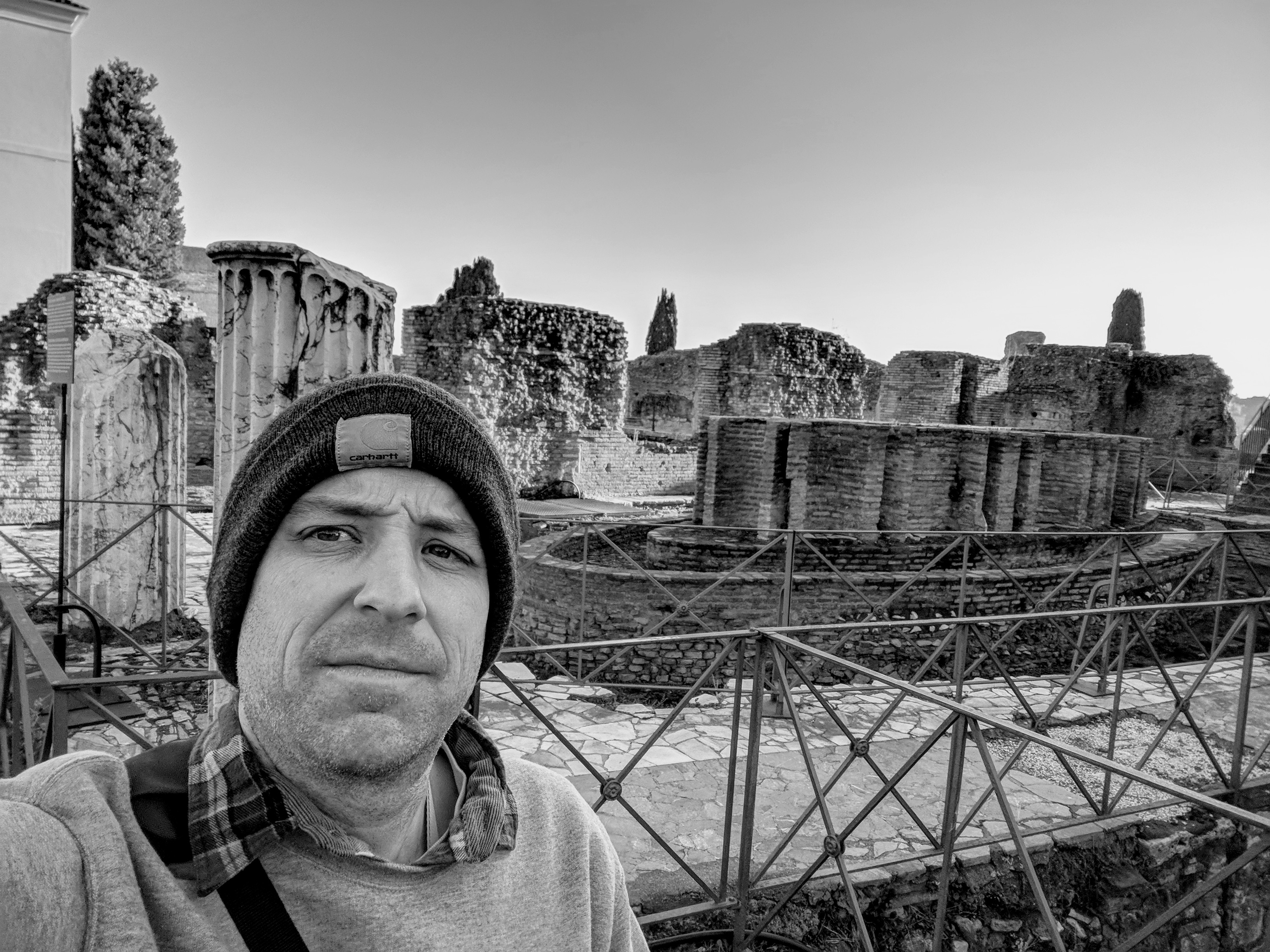
Palatine Hill is the hill where Augustus built his Palace, and is according to some combination of Mythology and Archeology, the hill on which Rome was founded.
Augustus’ Palace however, was surpassed by the Palace of Domitian in which Domus Augustana was the central residence. The elliptical structure Nymphaeum, was a fountain.
